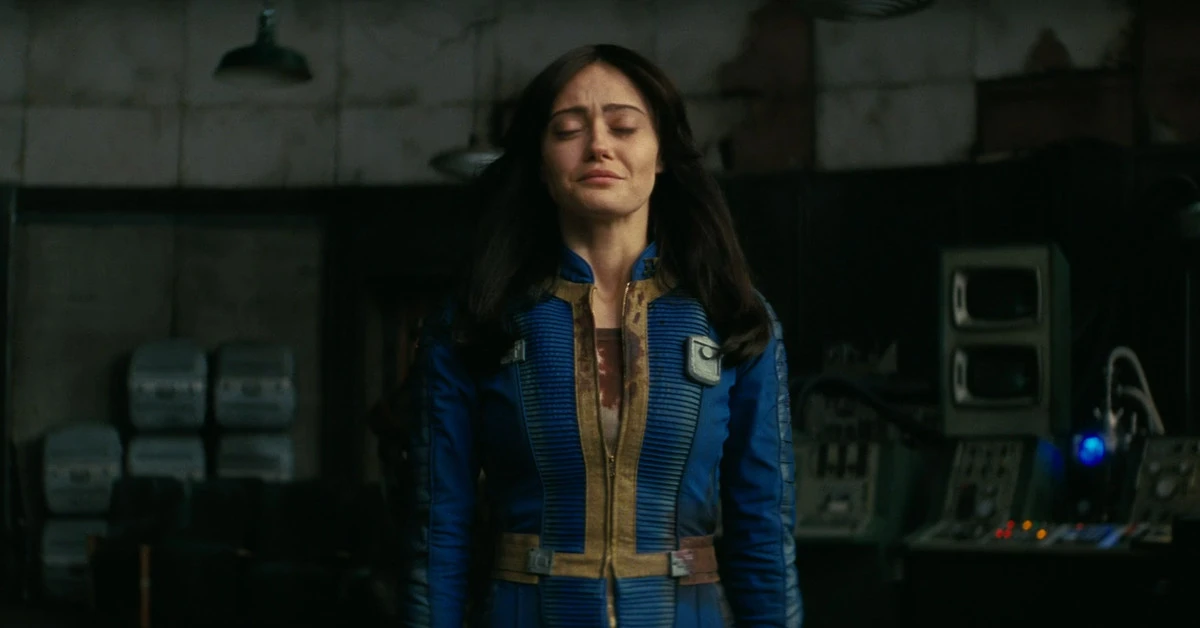Costumes seem like an obvious barometer, but the measurements may not be what you’re expecting. Rather than looking for costumes with quality, attention to detail, or uniquely inspired designs, all you have to do is look for how dirty the costumes are.
Costume weathering, the process of adding details of wear and tear like grime, cuts, and scrapes, is a lost art on most productions. The easiest place to see the gold standard is in Peter Jackson’s Lord of the Rings trilogy. Those costumes aren’t just wonderfully designed, they’re wonderfully destroyed, too. The hobbits’ cloaks start out fresh and beautiful in The Fellowship of the Ring, but by the time Sam and Frodo make it to Mordor they’re torn and faded, with brilliant greens reduced to faded grays by mottled stains set in deep from weeks of sleeping on the ground and trekking through the muck. And the same is true for the clothes of every other character; Aragorn’s leather is worn and tired from years of nomadic adventuring, a strong contrast to the brightness of Legolas’ elven-made gear or Boromir’s quasi-royal Gondorian garb.



I’d argue it wasn’t forgotten in the prequels. Most of the characters and plot revolves around and is supported by very large well funded organizations (Republic, Trade Federation, ect) which means the clothing and equipment they have is less likely to be worn down. The same can be seen in the original trilogy with the Empire, storm troopers and imperial ships are well polished and not “used”.